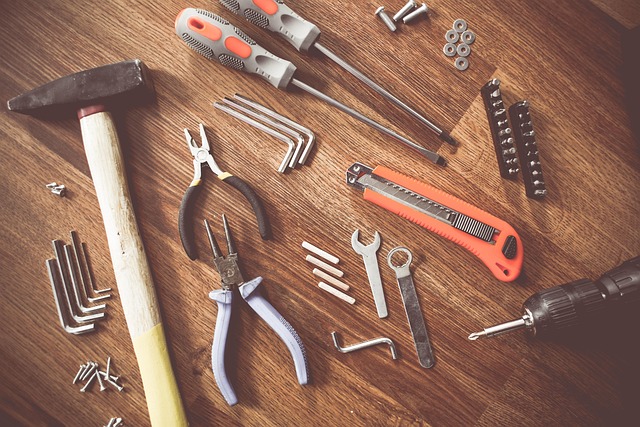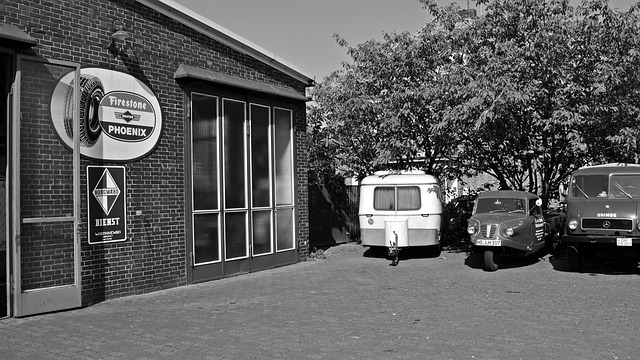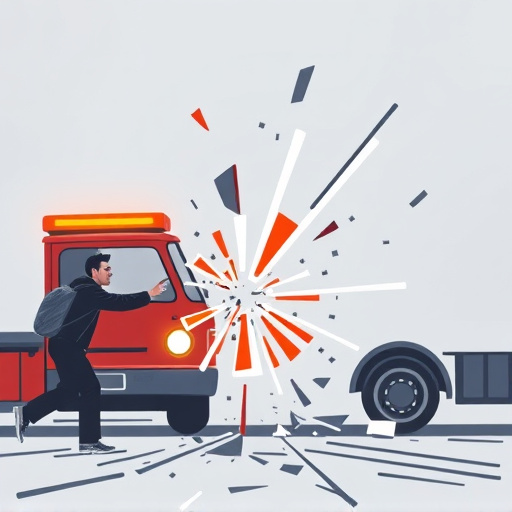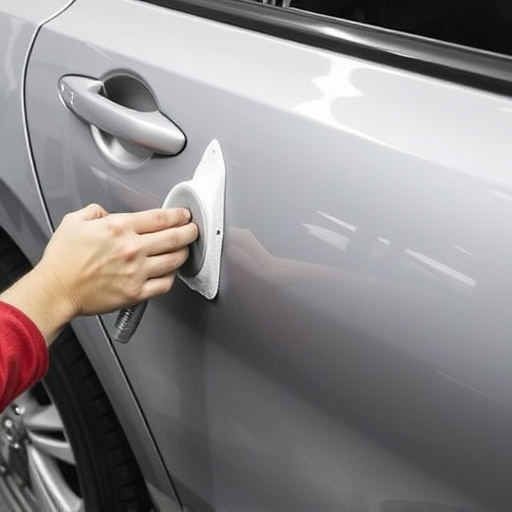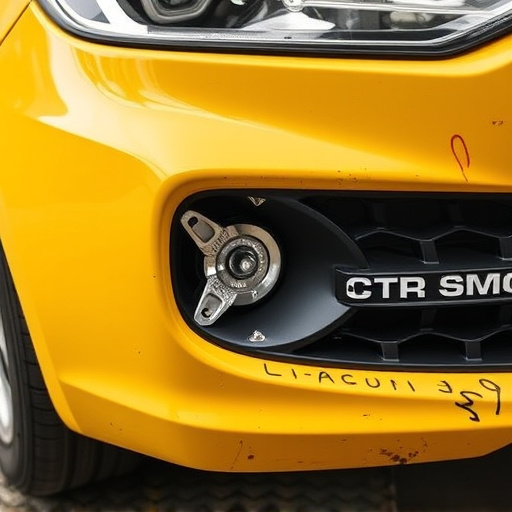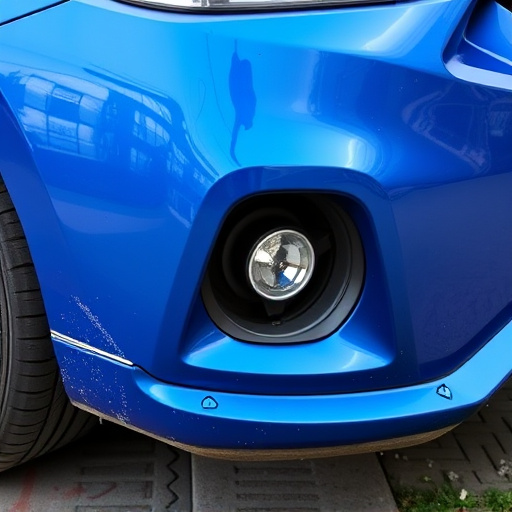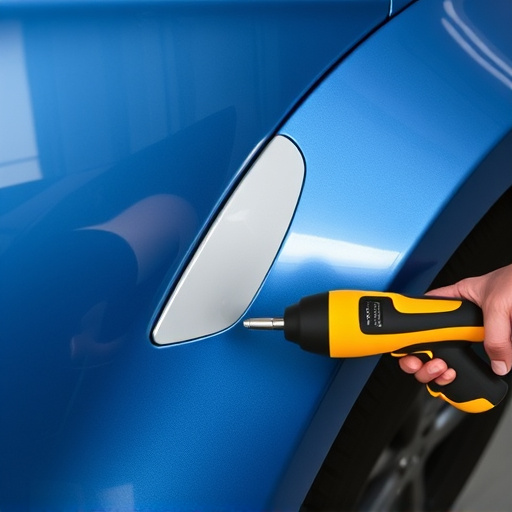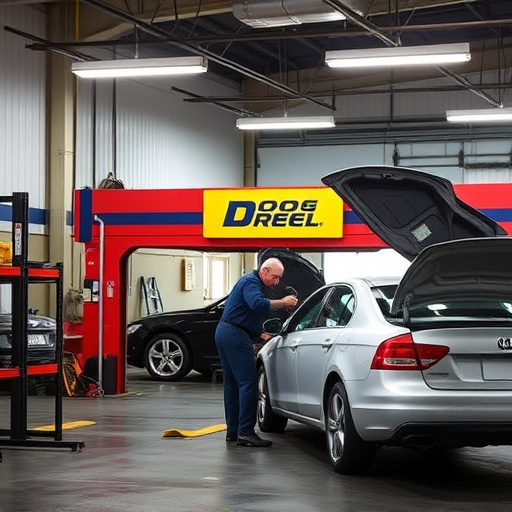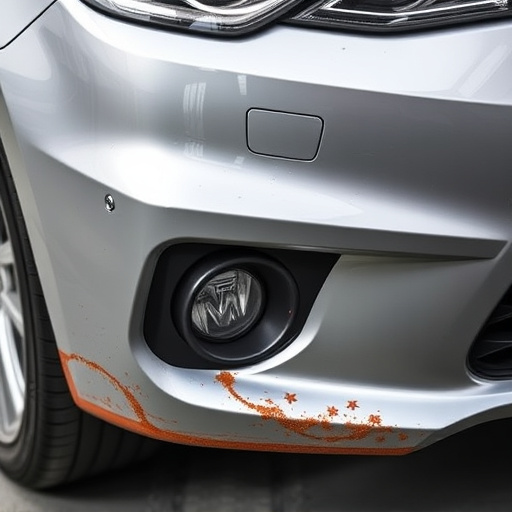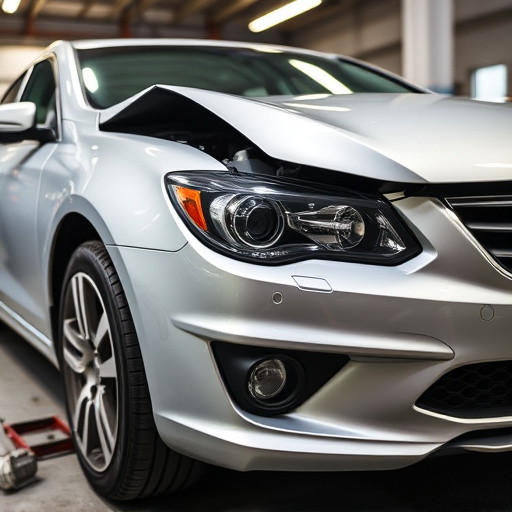Tesla offers loaner vehicles for significant repairs, but not all cosmetic issues are covered. For minor scratches and simple paint jobs, customers may need to arrange alternative transport. Loaners should be clean, well-maintained, and suitable for the owner's aesthetic preferences, ensuring a positive repair experience.
When your Tesla needs repairs, you might be entitled to a loaner vehicle from the manufacturer. However, understanding what constitutes a guaranteed vs. cosmetic issue is crucial. This article breaks down Tesla’s loaner policies, clarifies the distinction between repair types, and outlines your rights when using a loaner during service. From what’s covered to expectations, know what to expect to ensure a smooth process.
- Understanding Tesla Loaner Policies for Repairs
- What Constitutes Cosmetic Issues in Car Repairs
- Rights and Expectations When Using a Loaner Vehicle
Understanding Tesla Loaner Policies for Repairs
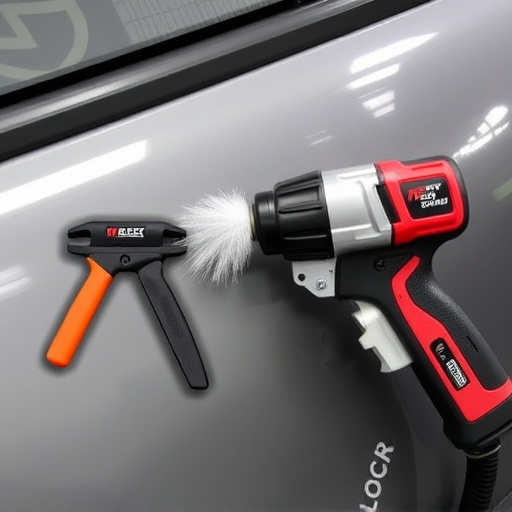
When a Tesla owner needs their vehicle in for repairs, especially those involving collision damage or more intricate cosmetic issues, they often wonder about the availability and quality of a loaner car. Tesla’s policies regarding loaner vehicles during repairs are designed to provide some assurance to their customers while also setting clear expectations. It’s important to understand that not all cosmetic issues will be addressed by a loaner vehicle, as these cars are typically intended for more significant repair cases.
The company often provides loaners as a convenience and to minimize disruption to the owner’s daily routine. However, if the damage includes minor scratches or simple paint repairs, owners might find themselves without a provided loaner. For such cases, Tesla customers may need to make alternative arrangements or rely on their own personal vehicles while their car is being fixed at a trusted collision center. This highlights the importance of clear communication with Tesla service centers regarding the scope of repair and the potential use of a loaner during the process.
What Constitutes Cosmetic Issues in Car Repairs
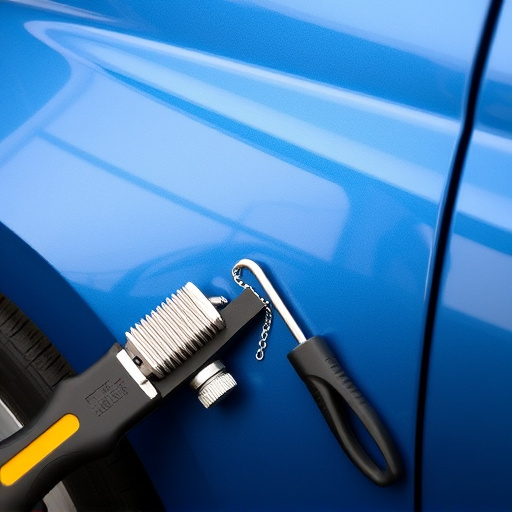
When it comes to defining “cosmetic issues” in car repairs, especially regarding Tesla loaner vehicles during service, we’re talking about anything that doesn’t affect the car’s safety or structural integrity but impacts its appearance instead. This can include minor scratches, dents, paint chips, or even slight misalignments of body panels. These issues are typically distinct from mechanical problems or major repairs needed for safety purposes.
Consider a small dent in the fender or a faint scratch on the door as examples of cosmetic concerns. While these might bother vehicle owners seeking a flawless finish, they don’t compromise the car’s functionality. In contrast, regular auto maintenance and repair services focus on addressing mechanical failures, engine performance issues, brake checks, and other critical aspects that directly influence the car’s overall condition and safety features.
Rights and Expectations When Using a Loaner Vehicle
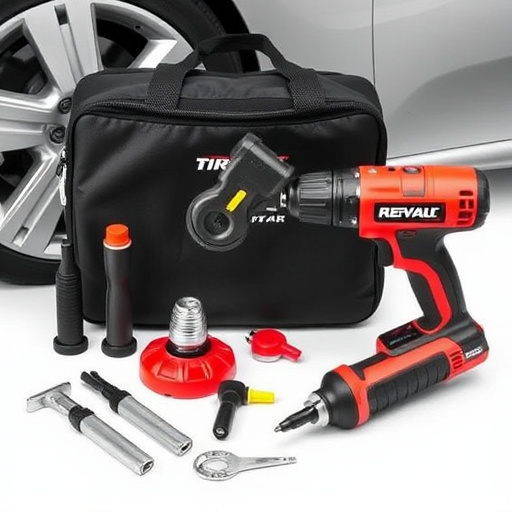
When a Tesla owner needs their vehicle for repairs, they often receive a loaner car as a temporary replacement. It’s important to understand your rights and expectations regarding this loaner during the repair process. First and foremost, while a loaner vehicle is meant to be a convenient solution, it’s not always guaranteed to meet your cosmetic standards or align perfectly with your personal preferences. This is especially true for Tesla owners who are accustomed to their cars’ unique design elements.
As a user, you have the right to expect reasonable condition and functionality from the loaner. Fleet repair services or collision repair centers typically provide these vehicles, so ensure they are clean, well-maintained, and roadworthy. While minor cosmetic issues might be expected, significant dents, stains, or excessive wear should be addressed. Remember, the primary purpose is to keep you mobile during the repair period, but having a vehicle that’s presentable and reliable can enhance your overall experience.
When it comes to Tesla loaner vehicles during repairs, understanding what’s covered and what isn’t is key. While these loaners are intended to minimize inconvenience, they aren’t guaranteed for cosmetic issues. Familiarizing yourself with your rights and the definition of cosmetic repairs can help ensure a smoother process. Remember, effective communication with your service center about your expectations is crucial when utilizing a Tesla loaner during any repair work.
